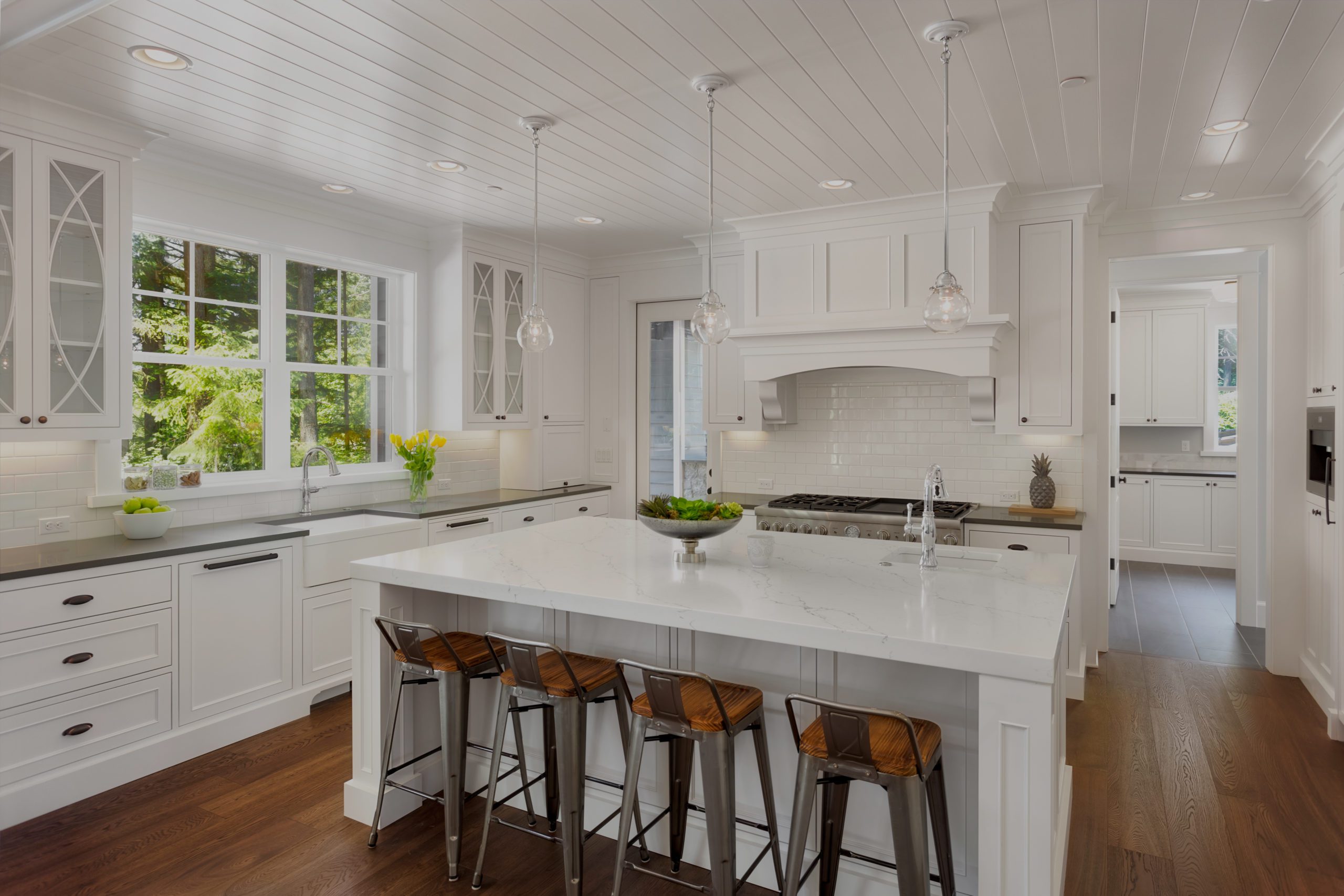Understanding Change Orders in Home Remodeling Projects

Change orders are the solution to making any changes during an ongoing project that you didn’t or couldn’t have been aware ahead of time. Whether the situation is that you changed your mind, or possibly the building has a hidden defect that one would not be able to see until the wall was taken down, for instance, whichever case it may be, it means you will be deviating from your original plan, ultimately meaning more time, and, usually, more money. Here are some guidelines in being prepared to handling change orders if they do arise:
Organize everything you can ahead of time, down to the smallest details. The most well-known guideline of a change order is: whenever possible, it’s best to avoid them. Change orders equal time and money. It is also likely to create a source of conflict between you and your contractor being that it’s easy to get into a dispute of whether the change order comes as a result of you, the homeowner, changing your mind, or the contractor having a different understanding of your project. The best way to prevent this sort of situation is to plan precisely.
Get bids from up to 3 contractors. It may feel like a great deal of time spent, but meeting with a variety of contractors is a beneficial way to get as much understanding into the details of your project as possible. Each contractor will bring their own insight, point of view, and experience to the table. Various meetings mean diverse opinions from knowledgeable backgrounds which you can learn from and combine the information into the final plan. When you come to a decision on which contractor to proceed with, you’ll be well-versed to point out any details they may have missed and you’re less likely to end up with changes later on.
Gaining insight from an architect and/or engineer. If you’re doing a larger scale project that involves structural changes, like adding an extension, an architect/engineer will identify potential problems that you and your contractor might miss. Their expertise can be invaluable as they’ll be able to verify exactly how you can get the project executed.
Consider doing some poking around, known as investigative probes. Unfortunately, you can’t know ahead of time what’s behind the walls or under the floors, but you can create some openings to uncover what may be behind a concealed surface. By providing a view of what’s below or behind the surface, probes uncover hidden conditions in a building. With a more complete understanding of the situation at hand, it will help minimize surprises during the renovation. It will help you figure out whether a wall can in fact be moved, or a floor opened, without bringing down your house. Yes, it may cost you some money up front, but consider how much it will cost if you begin your project, only to discover that there are pipes existing in the way of the new layout you were planning, and must rethink your plans mid-construction or consider paying a hefty price to accommodate your original plans, if even possible.
Know the difference between hidden defects, errors/omissions, and design changes. Hidden defects are problems in the condition of the property, that couldn’t have been known beforehand. For example, if after removing your floors, the contractor realizes the sub-floors underneath are rotting, and will need to be replaced in order to properly support the new floors, that would be considered a hidden defect. Errors/omissions are things your contractor could have informed you of in advance but didn’t. For example, if your electrical wiring needed to be updated as per code, and when it comes time for inspection, it won’t pass, and will have a hefty price tag along with that to correct, in order to comply with the code and pass inspection, that would be considered an error/omission. Design changes are when you’ve simply changed your mind. For example, after the contractor started installing the tiles you have chosen, you decided you didn’t like them as much as you thought you would and would like to change them for a different style, that would be considered a design change. These are three different types of scenarios and knowing the difference between them is crucial for avoiding them and resolving disputes if they do happen.

7 Trendy Bathroom Design Ideas for Modern NYC Homes
7 Trendy Bathroom Design Ideas for Modern NYC Homes [...]
How Much Does It Really Cost To Remodel Your Kitchen in NYC?
A Comprehensive Guide to Residential Kitchen Remodels in New [...]
How Much Does It Really Cost To Remodel Your Bathroom in NYC?
Exploring Residential Bathroom Remodels in New York City: Factors [...]
4 Tips from the Pros About Choosing Grout Color
4 Tips from the Pros About Choosing Grout Color [...]
What Kind of Paint Is Best For a Bathroom, According to the Experts
What Kind of Paint Is Best For a Bathroom, [...]
Interior Renovation Ideas to Expand Small Spaces
Interior Renovation Ideas to Expand Small Spaces f you live [...]
Exterior Renovation Ideas for Your Home
Exterior Renovation Ideas for Your Home There are many [...]
6 Reasons To Remodel Your Home in NYC
6 Reasons To Remodel Your Home in NYC Remodeling your [...]
Steps to Remodeling Your Home: Where Should You Start?
Steps to Remodeling Your Home: Where Should You Start? Do [...]
The Benefits of Hiring an Interior Designer for Your Home Renovation
The Benefits of Hiring an Interior Designer for Your Home [...]
Renovating the Perfect Cape Cod Kitchen
Renovating the Perfect Cape Cod Kitchen Classic Cape homes offer [...]

















